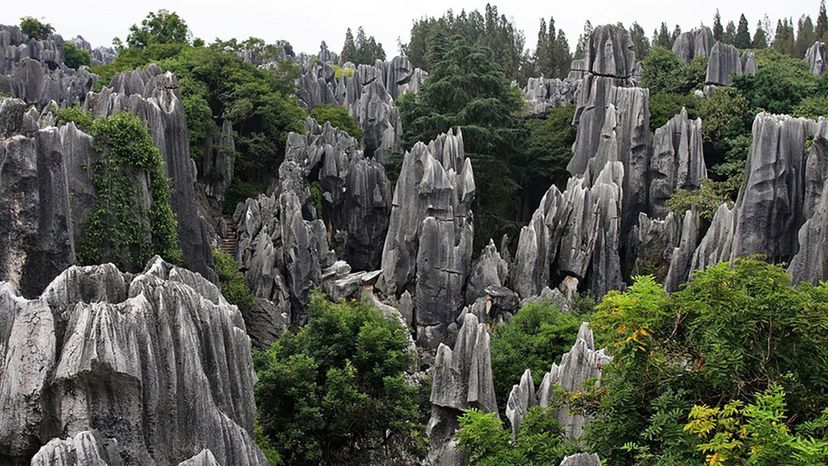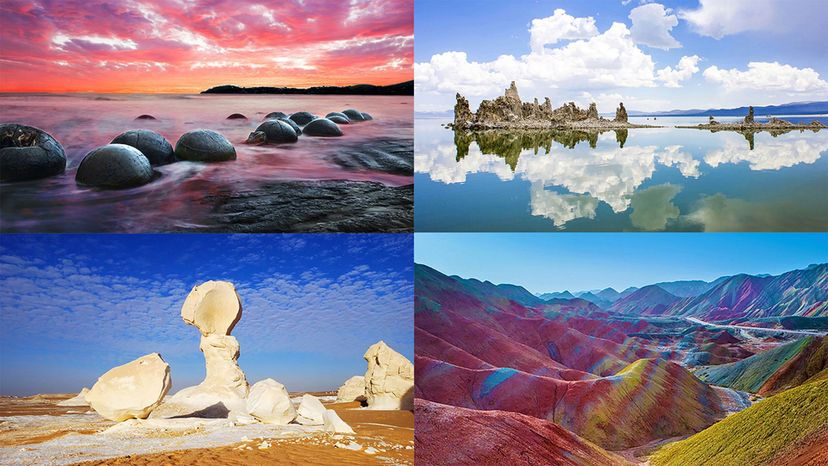
About This Quiz
Geographical formations or features exist in two forms: man-made and natural creations. The natural geographical formations include ecosystems and landforms such as the Karst towers in China and the Great Smoky Mountains in the USA. Natural land forms include elements such as mountains, volcanoes, hills, cliff and valleys, all of which you'll find in this quiz.Â
Man-made or artificial geographical formations or features, on the other hand, can be settlements or engineered constructs like dams, bridges and airports. And while these are interesting in their own right, they don't make too many appearances in this quiz (that was a hint for you!).Â
We've searched the world for some of the most famous and well-visited sites and come up with more than a few locations with amazing geographical formations. They include locations such as Pamukkale, Skaftafell, the Grand Canyon, the Great Blue Hole, the Devil's Tower and the Door to Hell, as well as Fingal's Cave.Â
So, if you think you're enough of a world traveler to identify these places from a single picture, go ahead and take a stab at this quiz. Not only will it challenge you, but it'll show just how much you've been paying attention to some of the most beautiful and naturally-created places in the world.Â
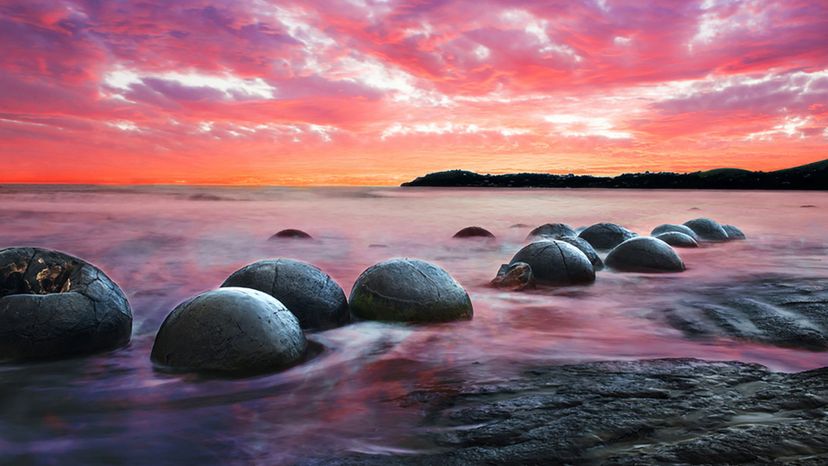
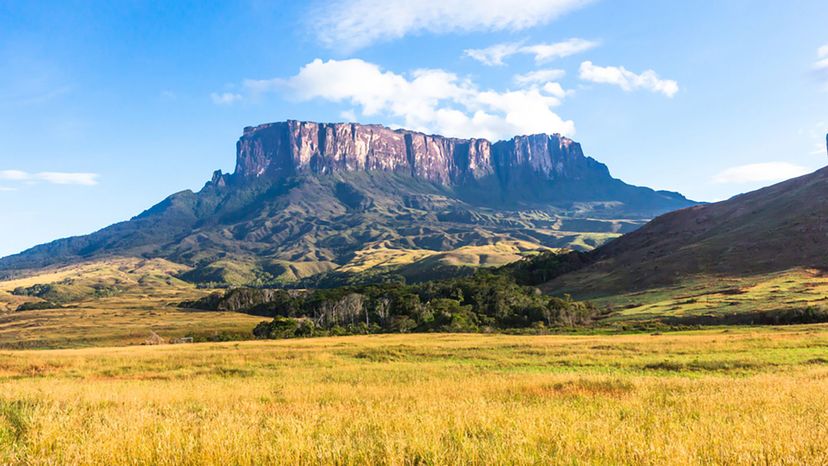
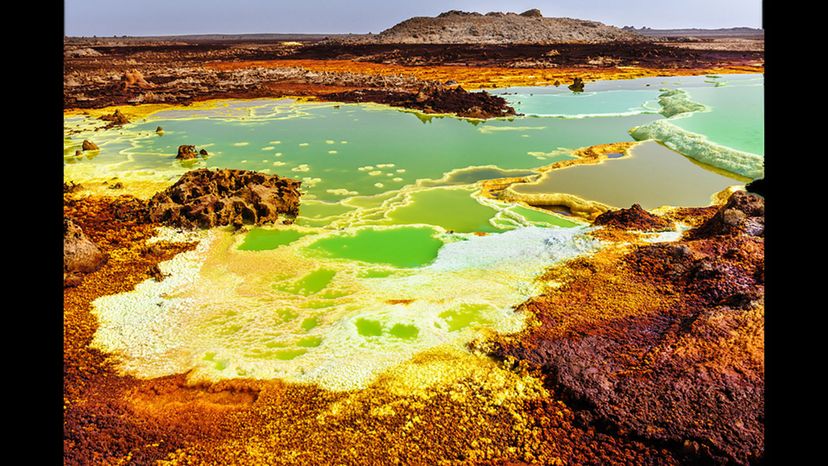
Advertisement
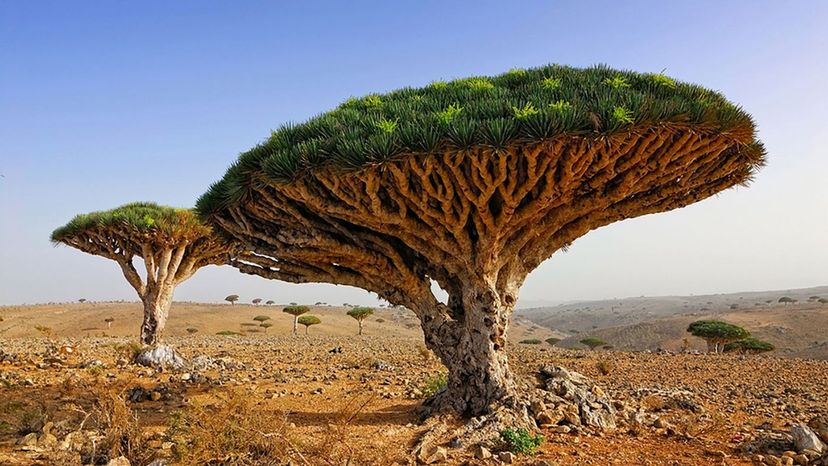
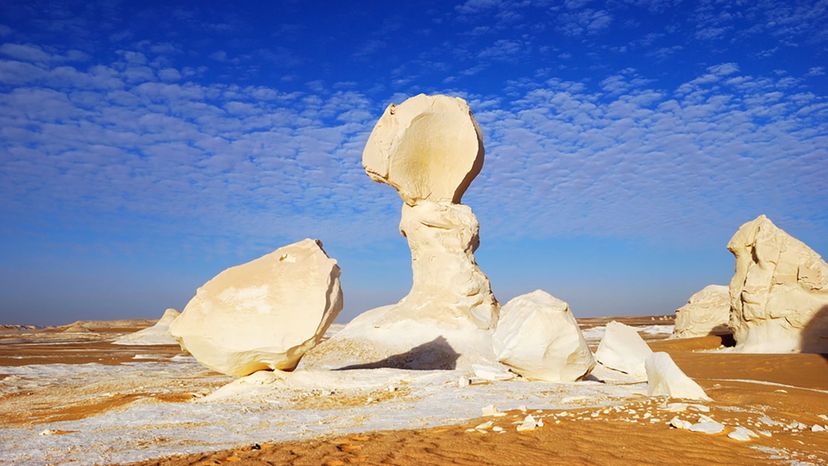

Advertisement
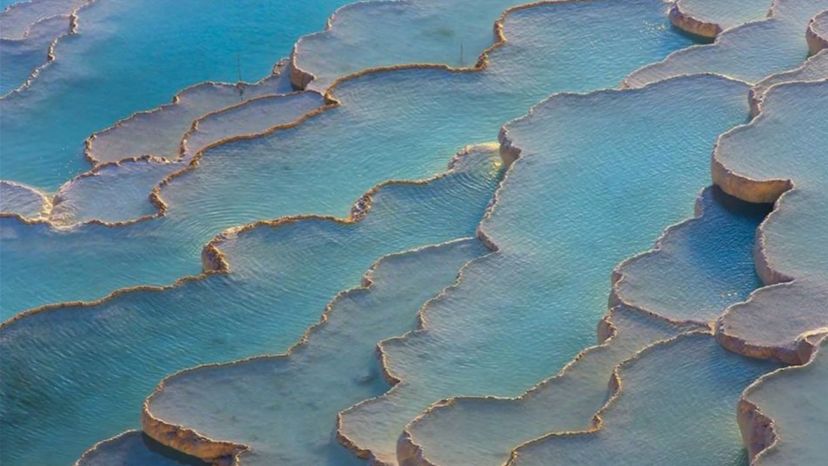
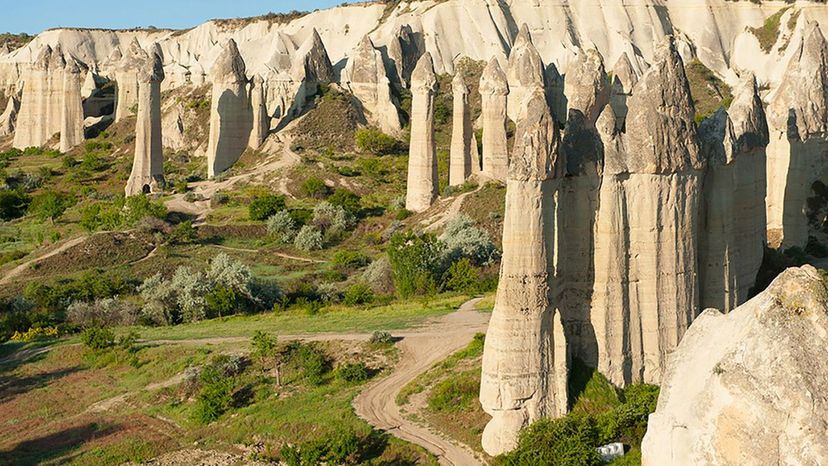

Advertisement
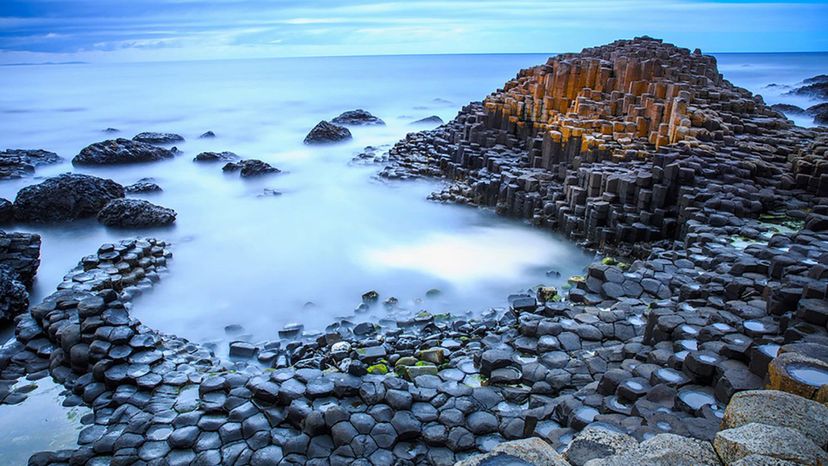
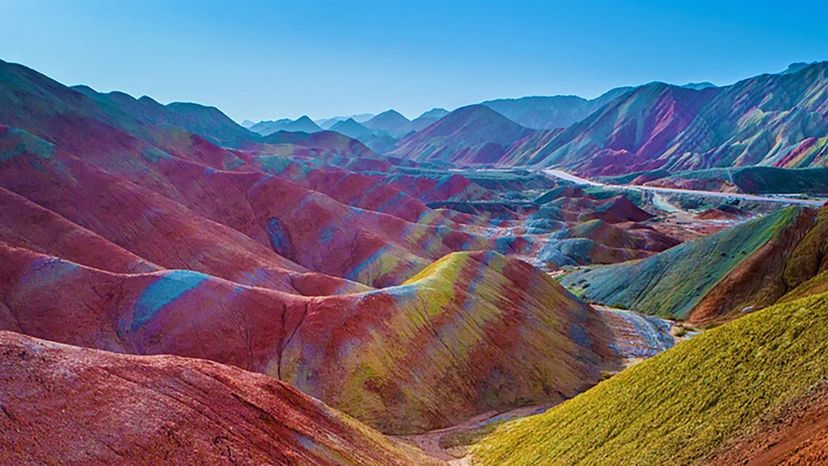
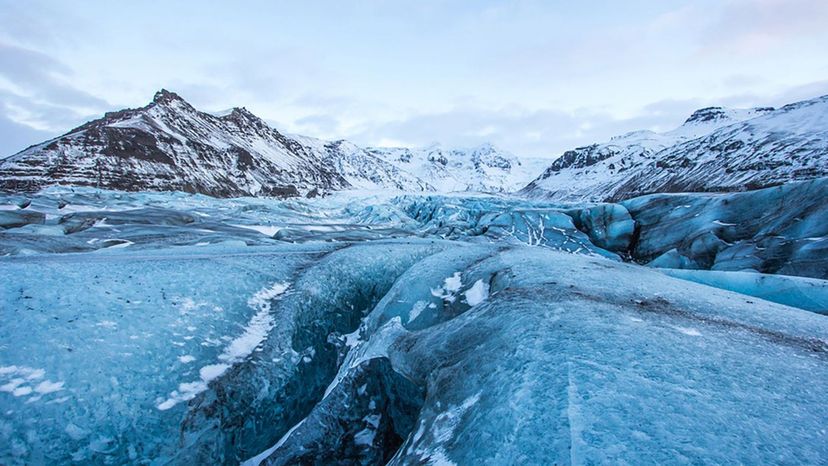
Advertisement
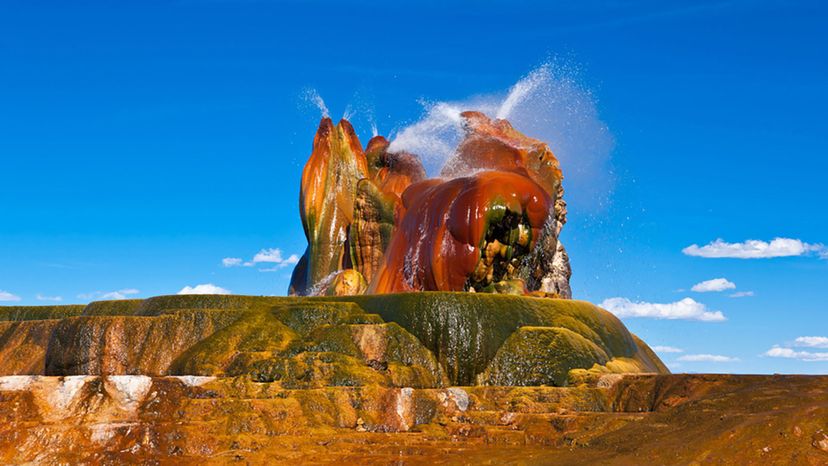
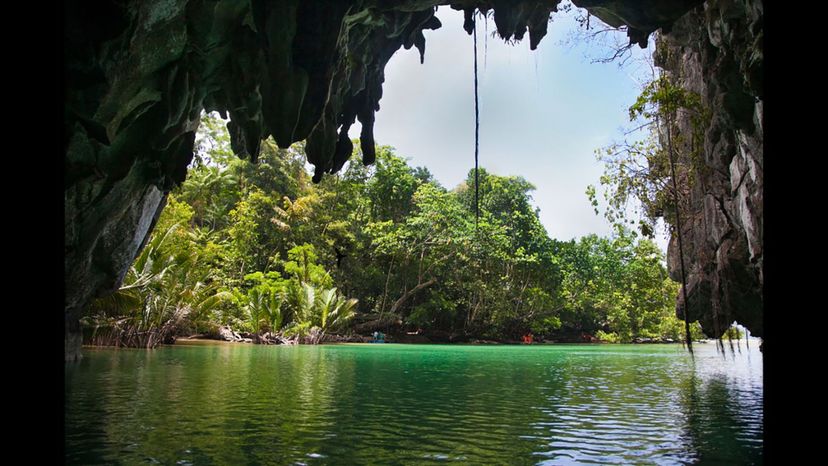

Advertisement

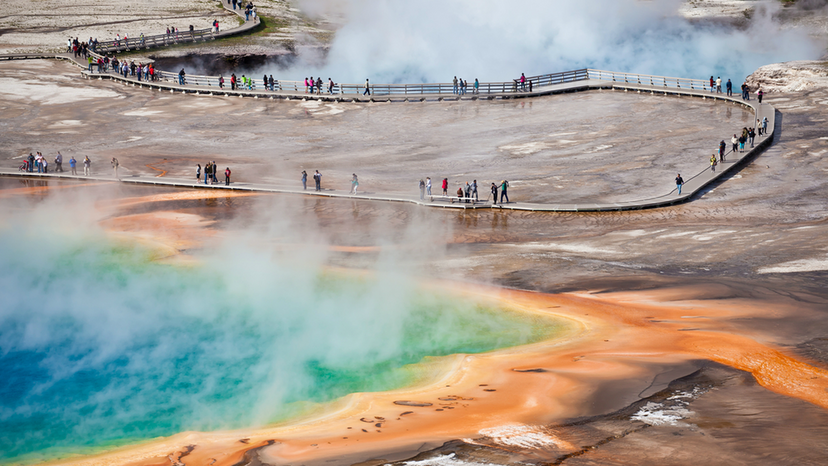
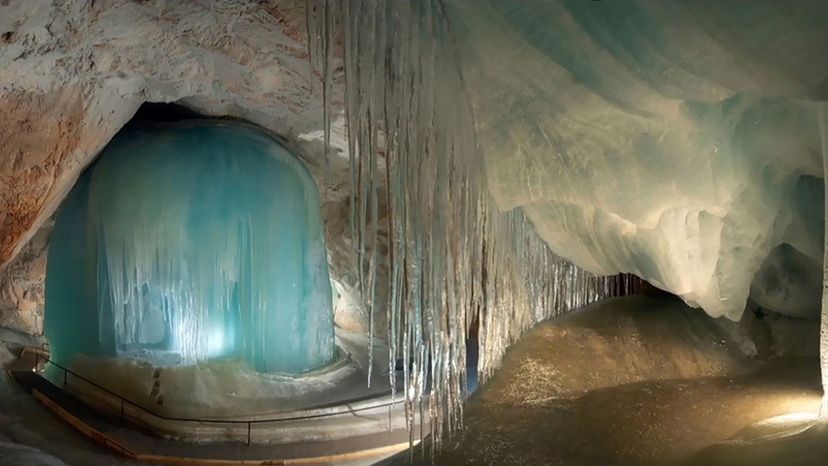
Advertisement
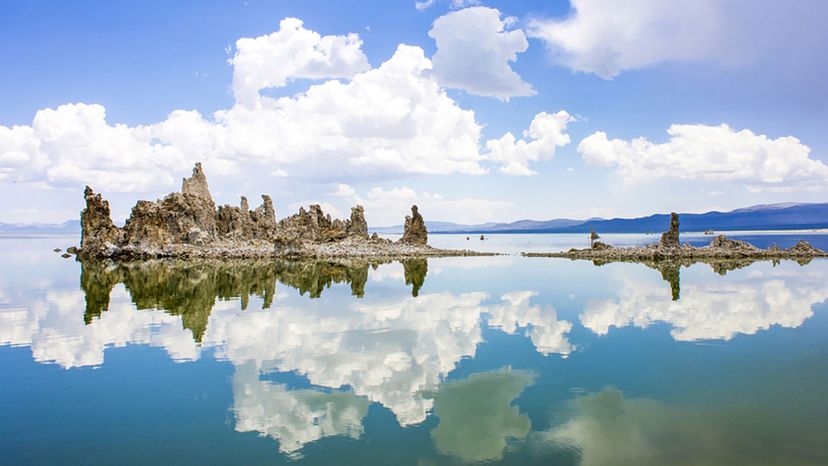
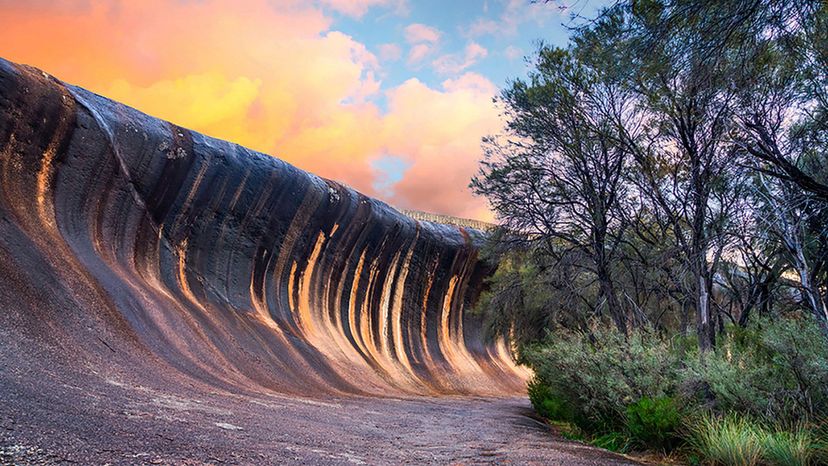
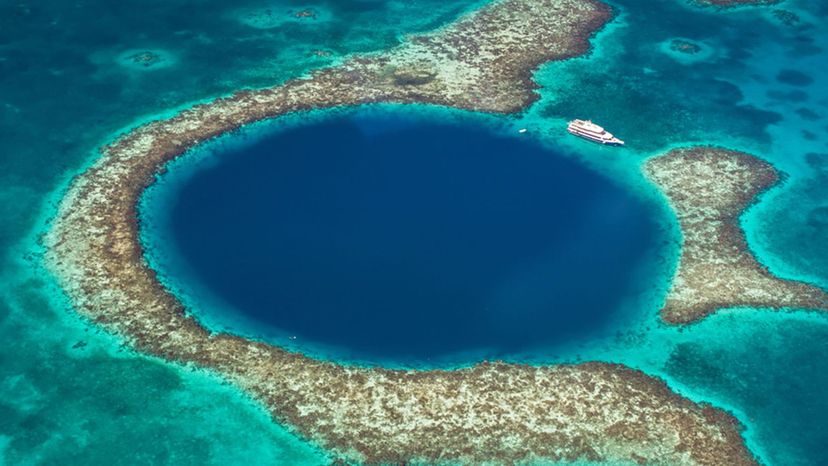
Advertisement
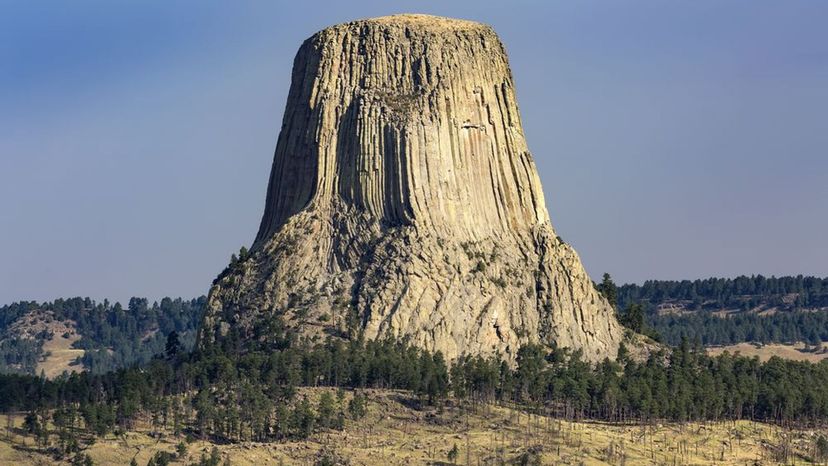
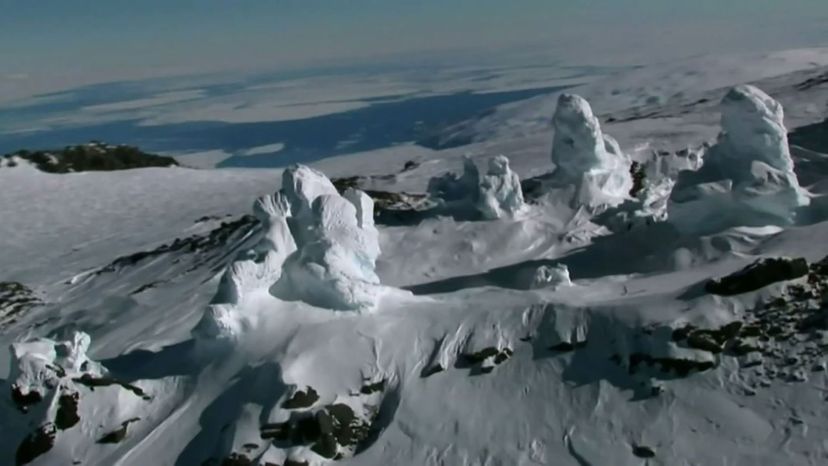
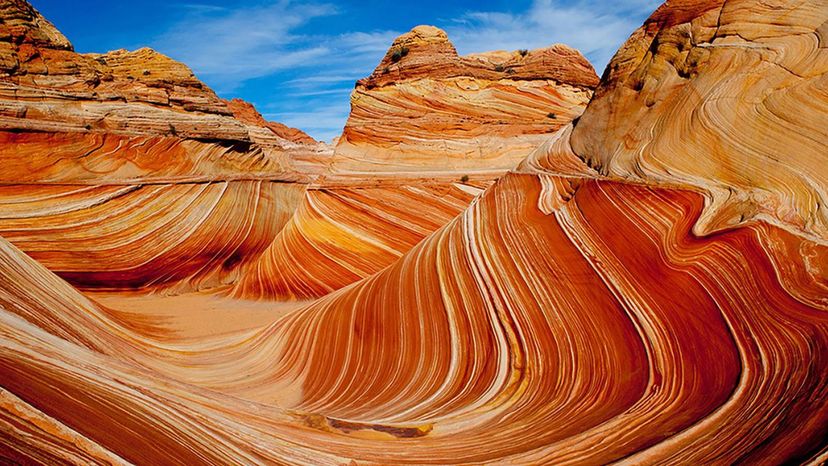
Advertisement
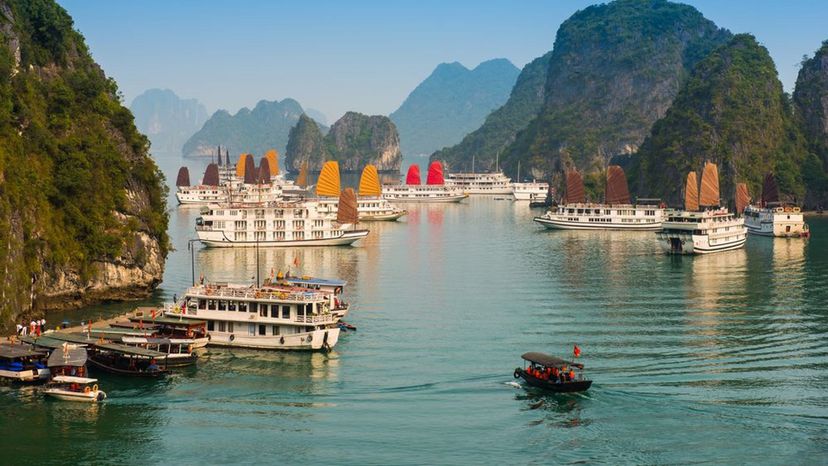

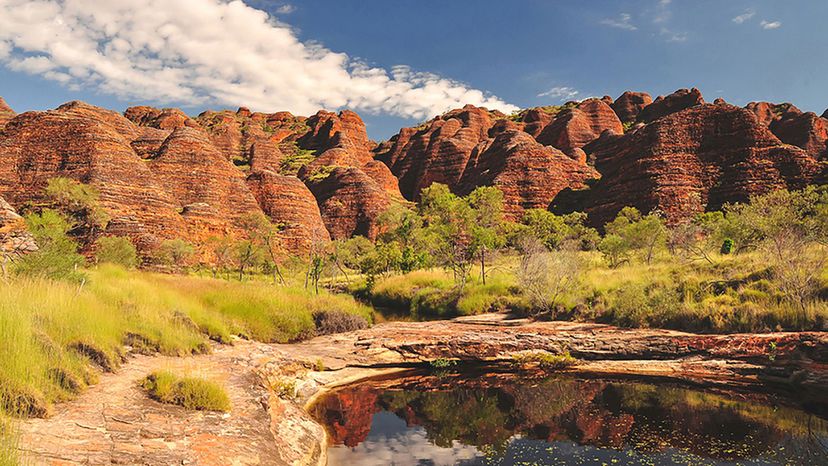
Advertisement
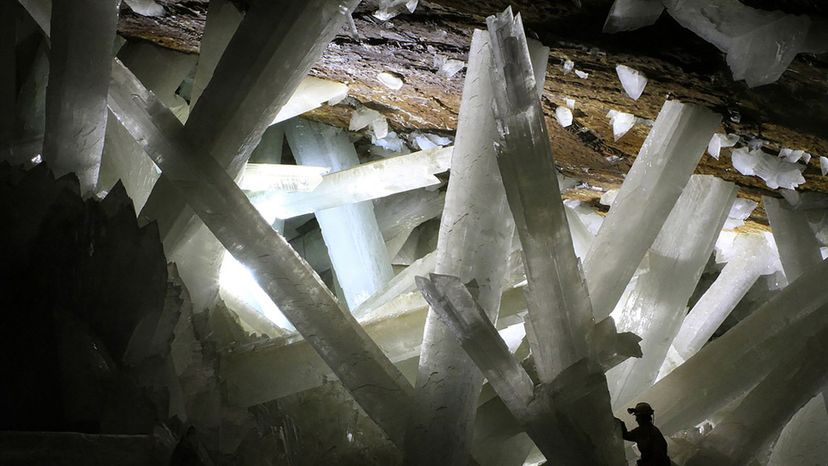
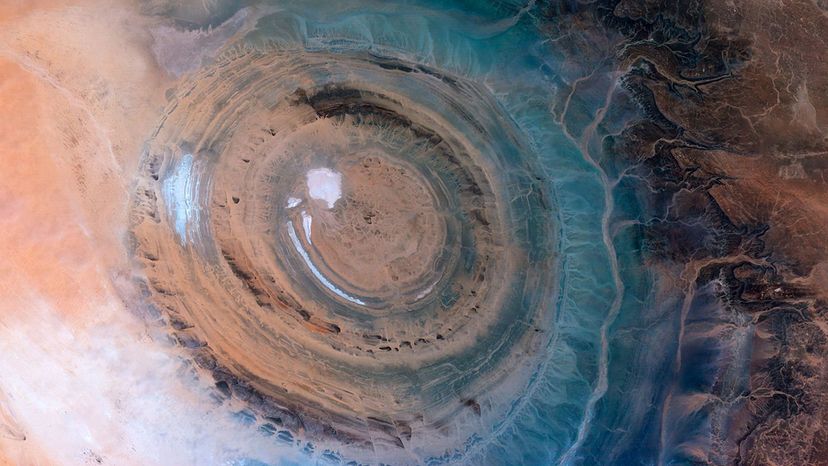
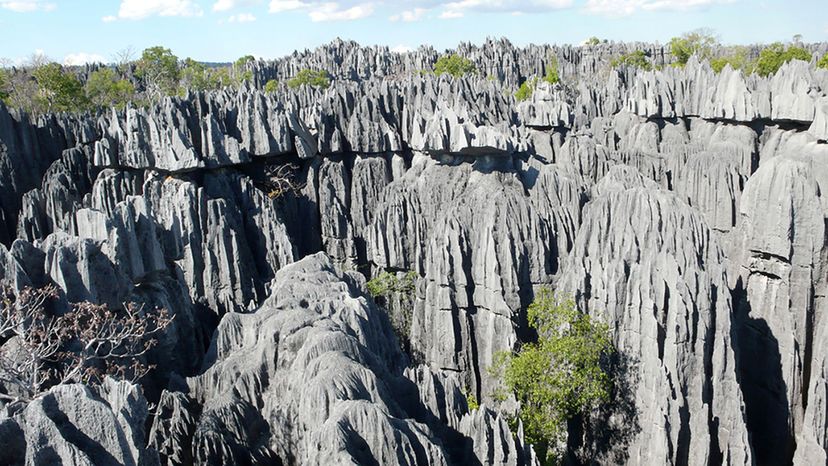
Advertisement
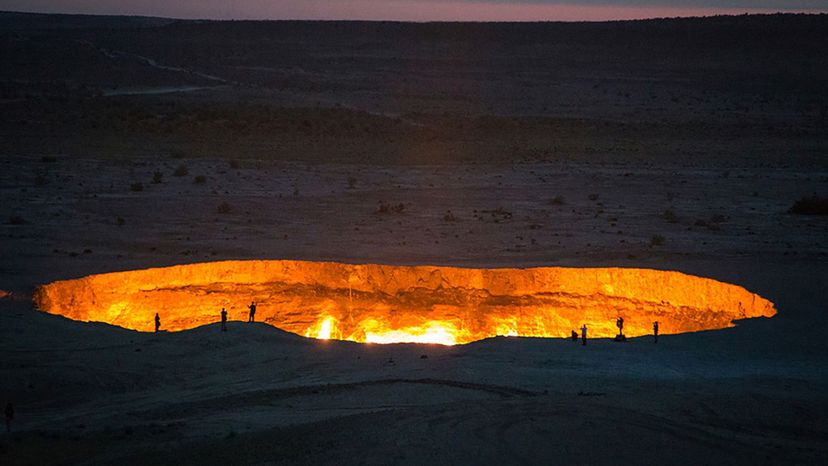
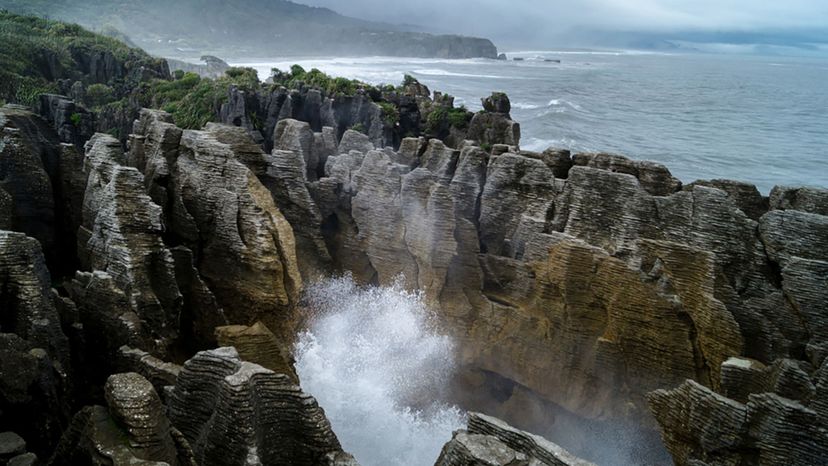
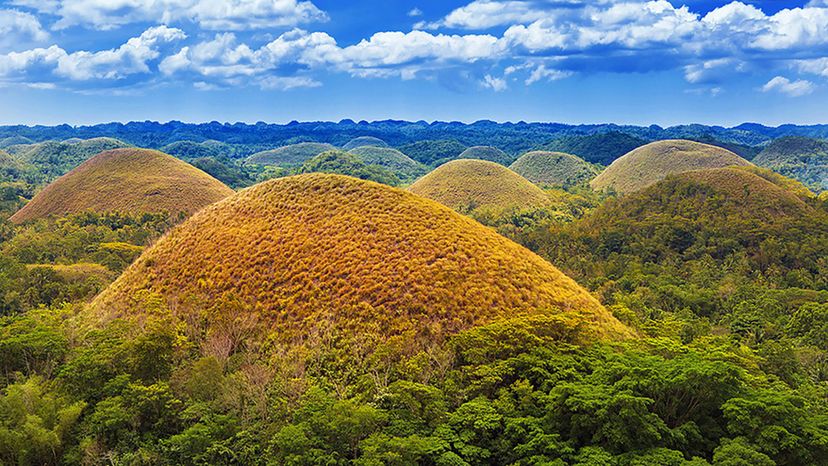
Advertisement

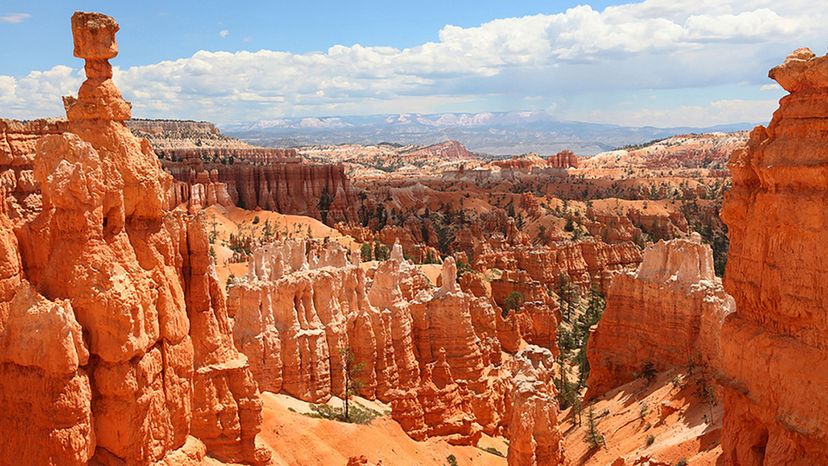
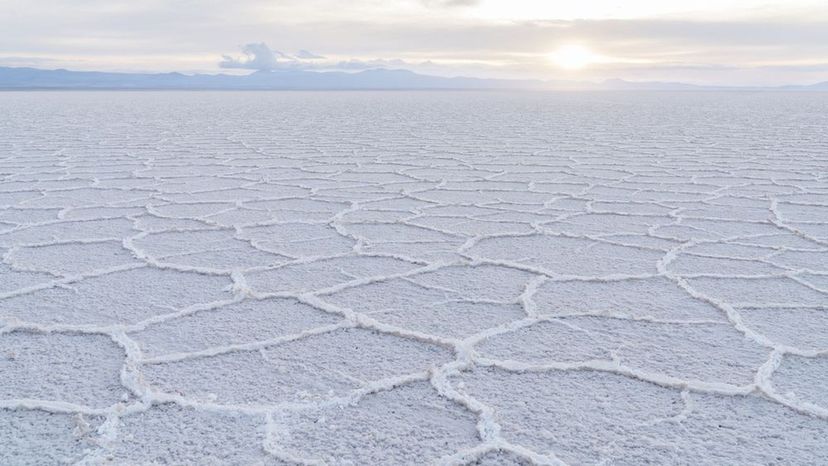
Advertisement


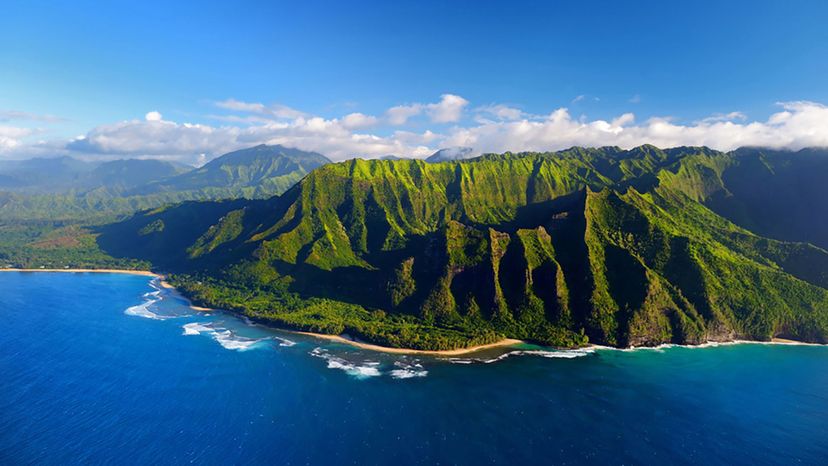
Advertisement
